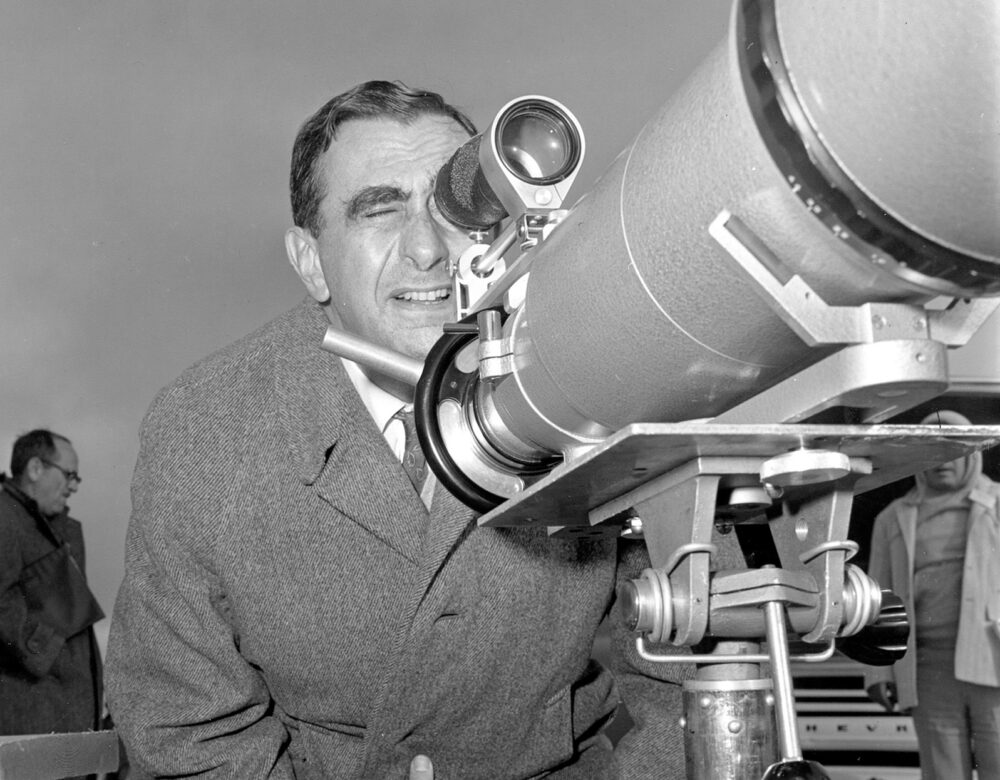Atoms for Peace
In the history of the U.S. nuclear weapons program, the idea to use thermonuclear bombs to dig holes certainly stands out. While today most people would agree that nuclear explosions should be avoided, in the 1950s that was still an open question. As the unrestrained optimism of the decade converged with an uneasy Cold War and arms race with the Soviet Union, some top U.S. scientists contemplated ideas that were equal parts ambitious and absurd, if not downright terrifying.
At Atomic Energy Commission (AEC) facilities across the country, a trend was growing among physicists who had come to feel uneasy about their work in developing the country’s nuclear weapons program. For years they had dedicated their careers to developing more powerful and more destructive bombs; now they wondered if those same bombs could be used for good.
It was an idea that first gained public attention in 1953 with President Dwight Eisenhower’s “Atoms for Peace” speech at the United Nations. Eisenhower sought to calm international fears about the growth of the U.S. nuclear arsenal with the promise that the country would promote peaceful applications for those technologies rather than destructive ones. In his closing remarks to the U.N. assembly, Eisenhower pledged the United States would “devote its entire heart and mind to find the way by which the miraculous inventiveness of man shall not be dedicated to his death but consecrated to his life.”


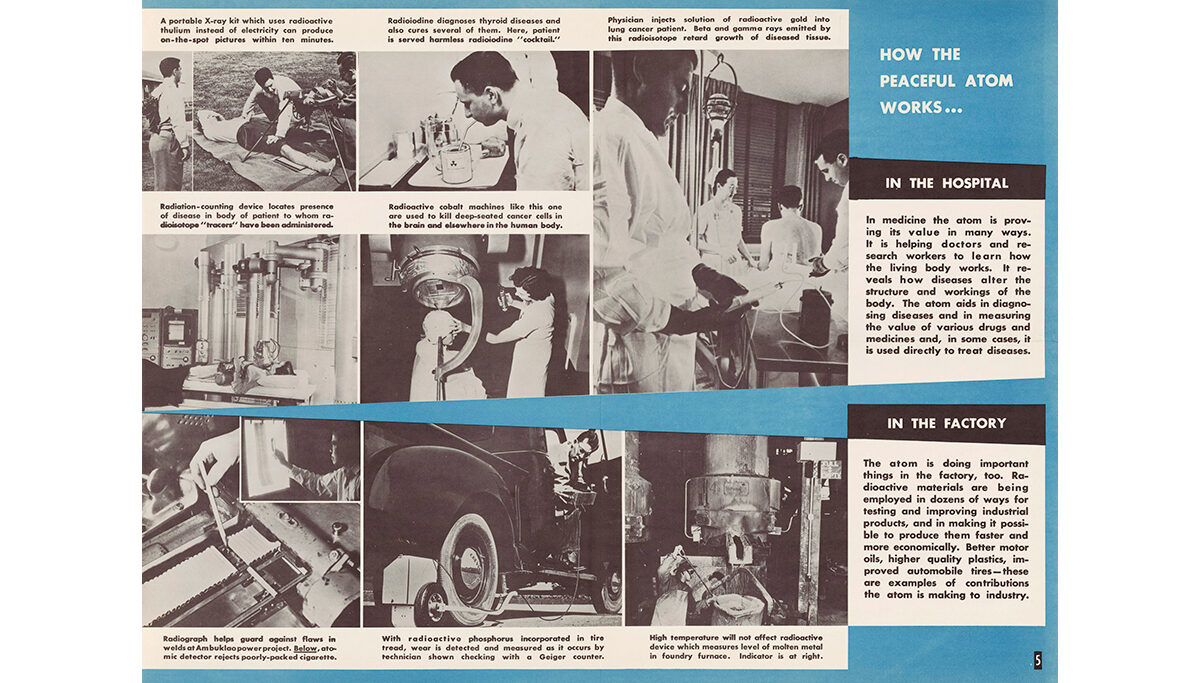

However grand these plans may have sounded, there was very little substance to Eisenhower’s speech, and it offered no proposals, goals, or policies to direct this endeavor. AEC scientists tasked with developing peaceful uses for atomic energy scrambled to make Eisenhower’s speech a reality and offered proposals that at best were risky and at worst were completely irrational.
Plowshare Takes Root
In 1956, Egypt nationalized and shut down the Suez Canal, severing a vital link between Europe and the oil fields of the Middle East. With this backdrop, scientists at the Lawrence Radiation Laboratory (LRL) in Livermore, California, began to explore using nuclear explosives to quickly and efficiently dig a canal across Israel that would bypass Egypt altogether.
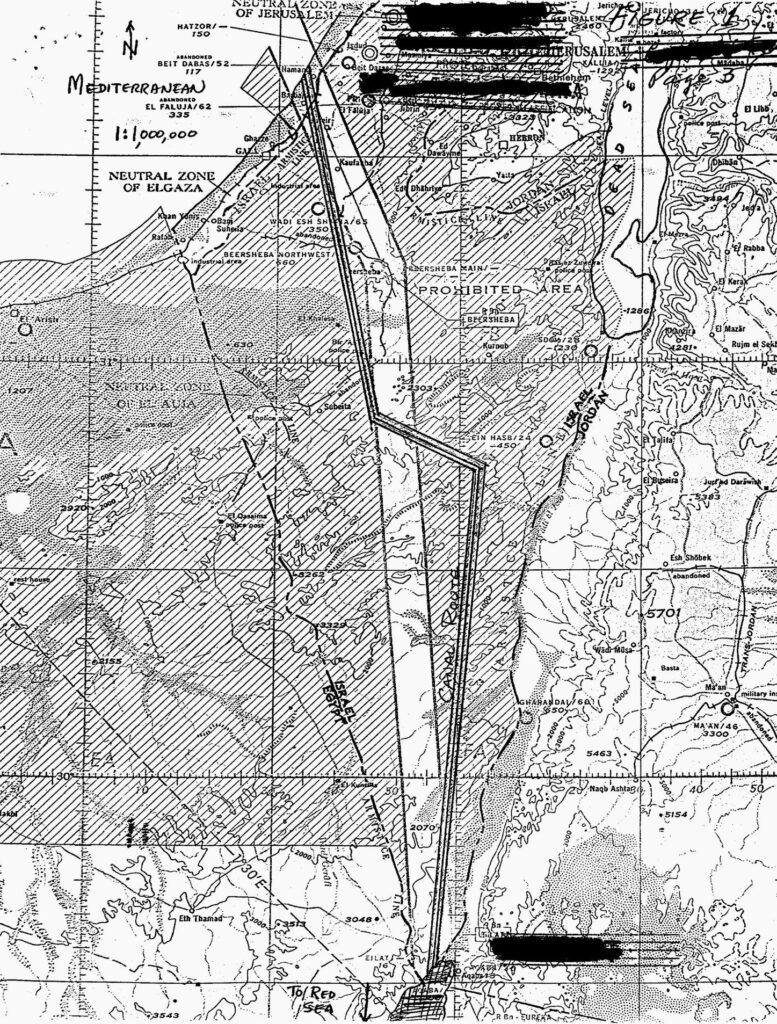
After studying topographical maps and computing blast yields, they concluded that with only 520 nuclear explosions they could, theoretically, cut a path approximately 160 miles long through the Negev desert and link the Mediterranean Sea with the Gulf of Aqaba. The idea never gained traction. In fact, it was less of a plan than a thought experiment, but it proved a harbinger of things to come.
The next year a group of scientists met at LRL to discuss potential peaceful applications for nuclear explosives. Twenty-four papers were presented at the symposium, covering large-scale excavation projects, such as the digging of canals, harbors, and reservoirs, as well as petroleum recovery projects, including nuclear fracking and the subsurface liquification of tar sands. After learning about these ideas, physicist Isidor I. Rabi reportedly quipped “So, you want to beat your old atomic bombs into plowshares?” a reference to Isaiah’s prophecy in the Old Testament:
As a result of the symposium, the AEC formally established Project Plowshare in 1957 as part of the larger Atoms for Peace initiative. Admiral Lewis Strauss, chair of the AEC, announced the existence of Plowshare to the public in 1958 and stressed the need to develop precise nuclear explosives that could be used safely and economically.
Plowshare scientists looked at the natural world as if it were a piece of clay waiting to be sculpted by nuclear tools. As the “father of the hydrogen bomb,” Edward Teller, remarked, “If your mountain is not in the right place, drop us a card.”
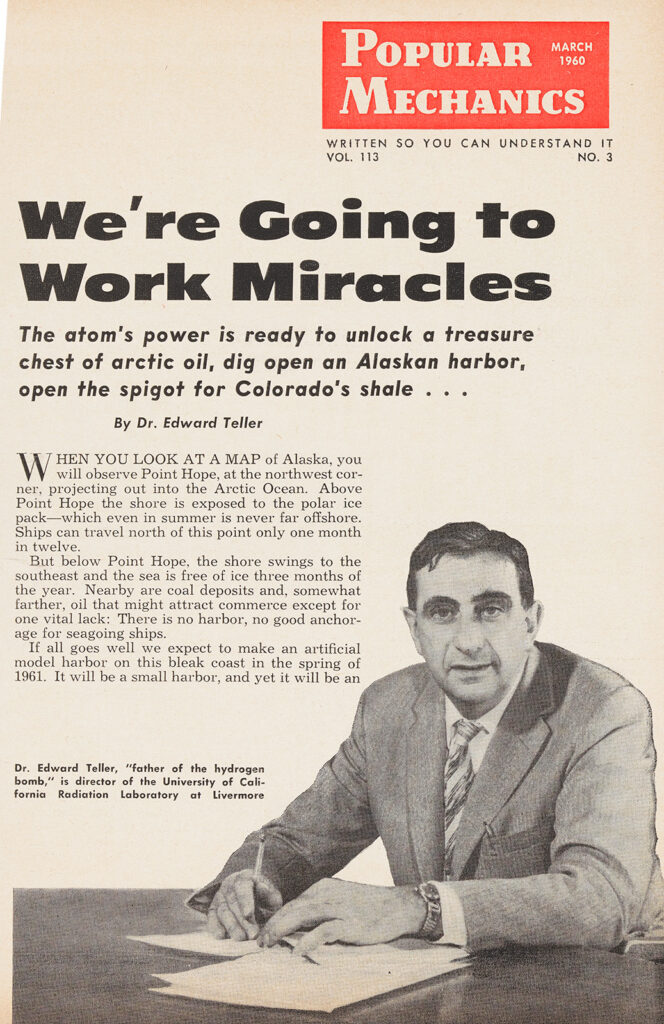
Teller’s quixotic remark, however, proved to be emblematic of a much larger problem in the Plowshare program. Instead of asking whether nuclear bombs were the best solution to a problem, the program’s boosters simply wondered what problems could be solved with a big enough explosion. From their perspective, the technology offered fast-acting, portable packages of concentrated energy at a relatively low price. In theory, this reasoning was sound. In reality, there was near universal agreement that the radioactive fallout inevitably produced by atomic explosions should be avoided at all costs.
The earliest proposals for using atomic bombs for excavation purposes were raised in the late 1940s. However, the high cost of uranium and plutonium and fears of fallout prevented any serious attempts at such projects. But things changed in 1952, when the United States detonated the world’s first thermonuclear bomb. This fusion, or hydrogen, bomb was considerably more powerful and cheaper to build then the fission variety. As Time magazine later declared, “If employed on a very large scale, atoms are the world’s cheapest workers, and they are getting cheaper year by year.” Hydrogen bombs also produced far less radioactive byproducts than atomic bombs, though the fission explosion needed to trigger a fusion device meant some radioactivity would always be present.
Plowshare was an idea that resonated deeply with Teller, who as director of the LRL quickly became one of its most vocal and well-known advocates. At his suggestion, the AEC conducted the first underground test of a nuclear weapon to explore the viability of excavating earth without unleashing deadly radioactive fallout on the populace. The “Rainier” shot was conducted on September 19, 1957, and was by AEC accounts a total success. The 1.7-kiloton explosion was detected by seismographs around the globe, but the blast was fully contained belowground, and no radiation escaped into the atmosphere.

With the fallout problem seemingly resolved, the door to developing peaceful uses of nuclear bombs was thrown wide open. And just in time, too. In the wake of the Soviet Union’s success with Sputnik, any idea that could restore the United States’ technological supremacy was welcome—and the ideas poured in. Proposals included using nuclear explosions to dam straits, reverse the course of rivers, modify climate and weather, and even prevent large earthquakes by triggering smaller ones along fault zones. Other proposals included melting the ice packs, flooding deserts, excavating harbors, widening shipping lanes, and facilitating mining projects by fracturing rock formations. Such ideas may seem preposterous to those raised in the age of environmentalism, but to Teller and his colleagues, nuclear weapons were just another tool to put to use. Plowshare scientists sought out those uses with an almost reckless abandon.
Project Chariot
Project Chariot, launched in 1958, was the first Plowshare project seriously considered. It was a proposal to create an artificial harbor in Cape Thompson, a remote area on the northwest coast of Alaska. In a reversal of policies that aimed to keep information about the H-bomb secret, the government actively promoted Project Chariot as an example of just how safe nuclear detonations could be.

Teller was the face of the project, and he embarked on a public relations blitz across Alaska to promote the benevolence of the idea. In 1960 he published an article in Popular Mechanics, “We’re Going to Work Miracles,” and explained the plan to place four 100-kiloton bombs and two 1-megaton bombs underground on the coast. The devices would be detonated in a chain, and in an instant a new harbor would be created. Teller insisted the new harbor would stimulate the local economy, particularly through interest in untapped coal veins in the region. “If Chariot is successful,” Teller proclaimed, “we will have the knowledge and experience for creating a harbor wherever one is needed. Its size and shape can be tailored to the local requirements.”
Members of the small Inuit and Inupiat communities near Cape Thompson were puzzled by the proposal. They were deep in western Alaska and had no need for a harbor, particularly one that would be frozen solid nine months of the year. They also noted that the coal veins Teller referenced were far from Cape Thompson and accessible only by dog teams.

As planning continued, Teller struggled to justify the project on any grounds other than simply proving it could be done. When locals realized this, they organized to oppose the plan, pointing to a debacle caused by one of Teller’s H-bombs just a few years earlier—the Castle Bravo test conducted on Bikini Atoll in the Marshall Islands. The test’s scientists had misjudged the size of the explosion, which showered radioactivity across the planet and set off an international furor. Fallout levels were the highest ever recorded to that point in time; radioactive debris measured 2 cm deep in some places. Several islands in the Pacific were evacuated, and many are still uninhabited because of the contamination. A repeat of the Castle Bravo incident in Cape Thompson, residents declared, would be devastating for Indigenous communities that had lived off the land for thousands of years.
Teller, meanwhile, insisted the operation could be conducted safely, but conceded that the release of some radiation was inevitable. AEC officials backed Teller. “While it is appropriate to expend considerable effort to minimize radiation hazards that may result from the use of nuclear explosions for peaceful purposes, it also may be appropriate to assume some additional risk to the health and safety of the public,” they wrote. These were not comforting words to the Inuit and Inupiat communities.

In 1959 opponents of the project were fairly few, but they persuaded the AEC to contract with faculty at the University of Alaska to conduct studies on the region’s geography, biology, and human environment. Over the next few years these biologists ran what was likely the most comprehensive bioenvironmental survey done to that point, according to historian Dan O’Neill. The results were shocking.
Although no nuclear explosions had occurred anywhere near Cape Thompson, the plant and animals in the area already contained elevated levels of radioactivity. Biologists discovered that lichen, which was plentiful in the area, was extremely efficient at capturing and storing radioactive fallout from the hundreds of nuclear tests that had occurred around the globe since 1945. That lichen was then eaten by caribou, and the caribou was eaten by the local inhabitants. The radioactivity worked its way up the food chain and, as a result, the local Indigenous population already had alarmingly high levels of radioactivity in their bodies.

The findings put the risks to the area’s Inupiat people in stark terms. Opponents coordinated with the Association of American Indian Affairs and reached out to other Inupiat communities to form regional organizations to defend their way of life. This new political network joined with biologists from the University of Alaska and conservationists in 1960 to create the Alaska Conservation Society (now the Alaska Conservation Foundation) and coordinate opposition to Project Chariot. By 1962 pushback from residents and skeptical scientists had put Project Chariot on indefinite hold. Project Chariot was meant to be the U.S.’s first demonstration of nuclear geoengineering but wound up being one of the first government projects challenged on purely ecological grounds.
“They thought that they could push everybody around and they suddenly discovered they were up against an informed citizenry,” Celia Hunter, co-founder of the Alaska Conservation Society, later boasted.
Project Gnome
While Project Chariot was mired in environmental studies, an international moratorium on nuclear weapons testing in 1958 blocked all other Plowshare projects. Planning studies continued, however, and when the Soviets broke the moratorium in 1961, Project Gnome was ready to go.
Gnome was designed to explore the feasibility of using a deeply buried nuclear explosion to deposit heat underground and then later recover that heat to generate electricity, with the radioactivity produced remaining safely below the surface. The test was widely publicized, and news reporters, foreign officials, and members of the public were all invited to witness the explosion at a site about 25 miles outside Carlsbad, New Mexico.

At noon on December 10, 1961, scientists detonated a 3.1-kiloton nuclear device set 360 meters below the surface of the earth. The AEC’s carefully laid plans went awry almost immediately. “What had begun as a bright scientific dream almost turned into a nightmare,” Time reported. “For a few minutes, minor accidents and miscalculations suggested disaster.”
Again, AEC scientists had underestimated the force of their explosion. Planners hadn’t noticed that substantial amounts of water were trapped in salt domes below the surface. When the bomb went off, the water flashed to steam, which greatly increased the blast’s size. Though Gnome’s engineers had set the device at the end of a hooked tunnel designed to seal itself after detonation, the blast’s unexpected strength caused it to break through. Radioactive steam and smoke shot from the access tunnel and billowed around the observers.
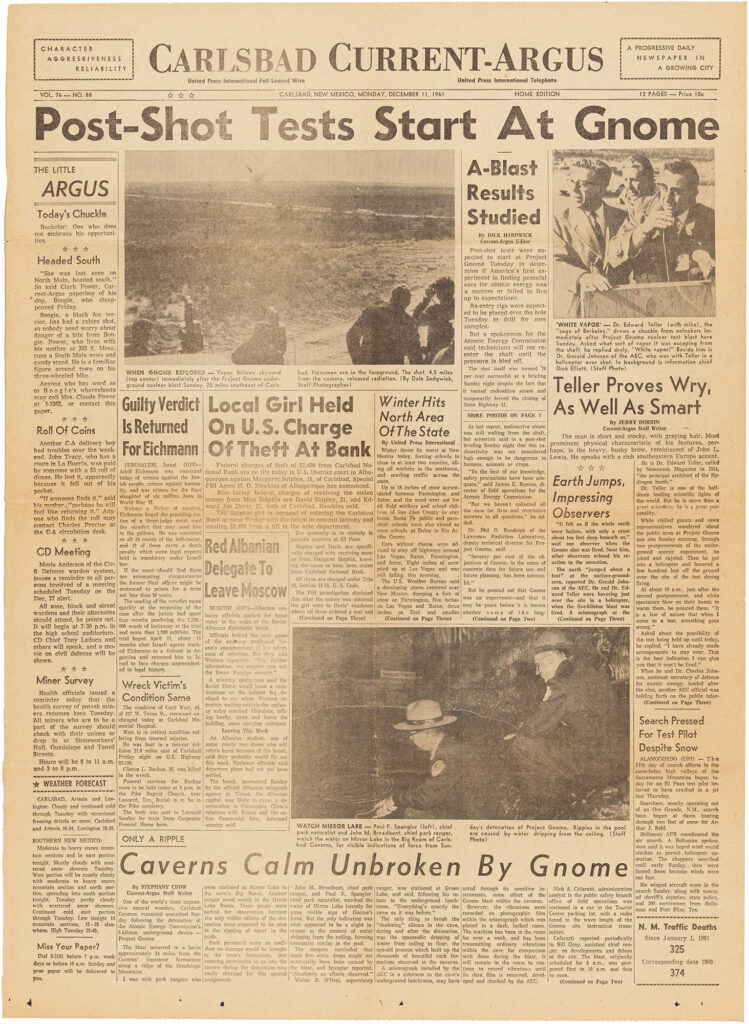
Teller, who watched the explosion from a helicopter, shrugged the incident off. “Asked what sort of vapor it was escaping from the shaft, he replied dryly, ‘White vapor!’ ” reported the Carlsbad Current-Argus. Radiation exposure to those on site was higher than anticipated, AEC officials stated, but was still within what they considered an “acceptable” range. Nevertheless, officials blocked exits from the test site until cars could be washed of any fallout that had settled on them.
Disaster had been averted, but the test did not bode well for Plowshare’s prospects. As AEC officials would soon learn, the public had little tolerance for surprises when it came to nuclear explosions.
Nuclear Excavation
Plowshare engineers tried to save face with their next test, Project Sedan, scheduled six months later at the AEC’s primary testing ground in Yucca Flat, Nevada, about 65 miles northwest of Las Vegas.
Sedan was designed as a “cratering shot” to demonstrate one of the most promising applications advanced by Plowshare’s boosters, nuclear excavation. The blast would need to be precisely shaped and placed at a carefully calculated depth to create the crater while simultaneously trapping the bulk of radioactivity underground. Once again, ideas that seemed sound on paper proved difficult to pull off in the real world.
On July 6, 1962, the 104-kiloton explosion blasted away 6.5 million cubic yards of sand and gravel and left behind a crater 330 feet deep and 1,280 feet across. But efforts to contain fallout from the blast failed, and twin dust plumes shot into the sky. Winds deposited detectable concentrations of radioactive material as far away as South Dakota and Illinois.
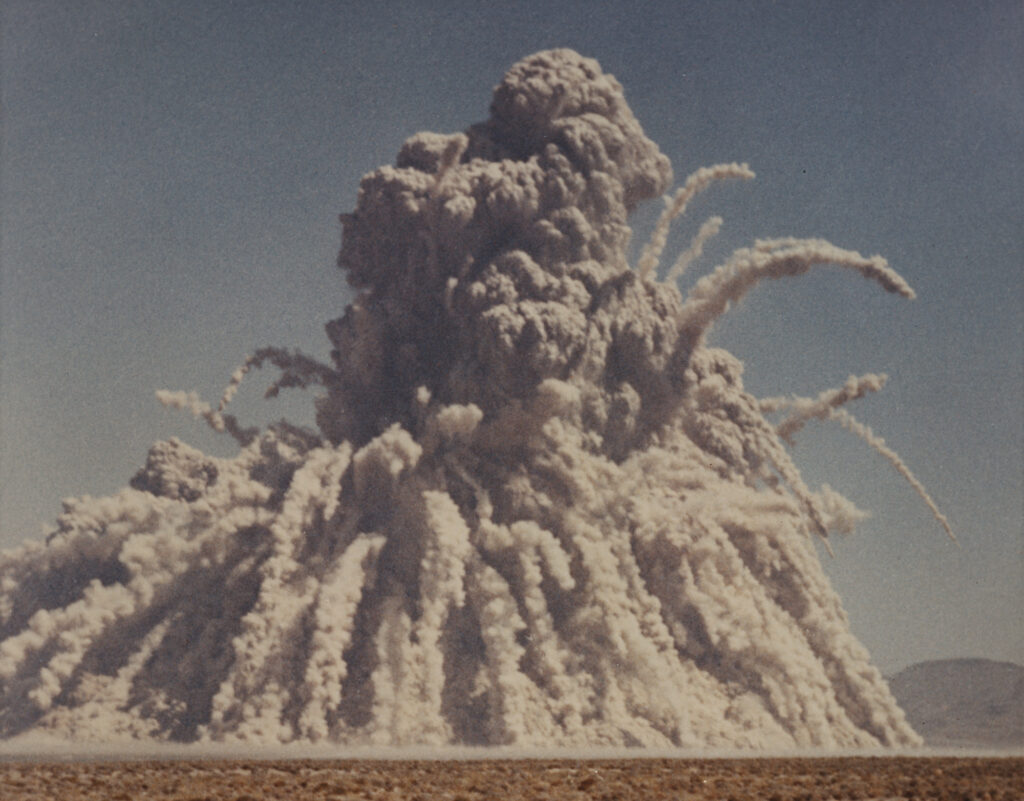
In Utah, public health officials were particularly alarmed when radioiodine-131 began appearing in milk samples. Indeed, since 1952, much of Utah had been showered with radioactivity from the Nevada test site. As Time reported,
AEC officials tried to persuade locals that the relatively short-lived radioiodine did not pose any great danger, but that did little to alleviate local anxieties. State officials vowed to pull contaminated food from the market and bill the AEC for the damages.
In a 1963 report on Plowshare, Teller dismissed growing concerns, writing, “the discussion about fallout has resulted in exaggerated and unwarranted fears so that even small quantities of radioactivity which are themselves not harmful are viewed with alarm.”

Teller’s arrogance did nothing to persuade the public that its fears were unfounded. The U.S. government had even acknowledged the seriousness of the fallout issue when it signed on to the 1963 Nuclear Test Ban Treaty, which banned nuclear testing in the atmosphere, space, and underwater. It did, however, allow for a continuation of underground nuclear testing, which is what most Plowshare projects aimed to do. The belief was that underground tests, the gaffes with Gnome and Sedan aside, would shield the public from fallout; the reality was far different.
Nuclear Fracking
By 1967 Plowshare was a decade old but its successes had been few and far between. With excavation schemes showing little promise, the program’s leaders shifted focus to projects related to the extraction of natural gas from underground deposits. A series of tests were devised in which nuclear explosives would be placed deep underground among dense rock formations that trapped gas deposits. The idea was to use the detonation of a nuclear blast to break up those formations and allow the gas to flow to the surface more easily. Plowshare scientists predicted that nuclear bombs would not only create more and larger fractures in the rock, but they would also carve out enormous cavities to store that gas. In theory, it was a win-win.

The first attempt at developing these technologies was Project Gasbuggy, a joint experiment by the AEC, Department of the Interior, and the El Paso Natural Gas Company. The plan called for a nuclear explosion equivalent to 29 kilotons of TNT placed about 4,200 feet underground in a section of Lewis Shale in northwestern New Mexico. The detonation on December 10, 1967, blasted open an underground chamber 335 feet high and almost 165 feet in diameter and successfully fractured the rock, spurring a vast increase in gas production rates at the site. Unfortunately, the blast also contaminated the gas with radioactive tritium, making it unsellable to consumers.

In 1969 Plowshare’s scientists tried again, setting off a 40-kiloton nuclear device in a remote area of northwestern Colorado along the Colorado River. Initially, the AEC celebrated the test as a success, but a study by the National Science Foundation (NSF) released a few years later found otherwise. NSF researchers reported that Project Rulison cost nearly $11 million but only yielded $1.5 million worth of gas at most. Making matters worse, the gas was inferior to gas removed from the same field by conventional methods and yet again contained radioactive byproducts. Although Plowshare officials declared the gas safe for residential consumption, the public wasn’t buying. The taint of radioactivity, however trace, was a nonstarter.
Four years later the AEC made one last effort to demonstrate the viability of natural gas–stimulation projects. This test, Project Rio Blanco, aimed to free gas reserves under a section of Colorado’s Rocky Mountains by simultaneously detonating three 33-kiloton bombs in a single well. Once again, the shot went awry and contaminated the recovered gas with strontium-90, a dangerous radioactive byproduct of fission.
By 1974 approximately $82 million had been invested in projects Gasbuggy, Rulison, and Rio Blanco. Although the experiments demonstrated some small technical success, they were by all other accounts failures—financial, environmental, and political. It was estimated that even if the gas was marketable, it would take 25 years of gas production at the site to recover 15% to 40% of their initial investment. Furthermore, to this day, all three sites are under active monitoring by the U.S. Department of Energy Office of Legacy Management.
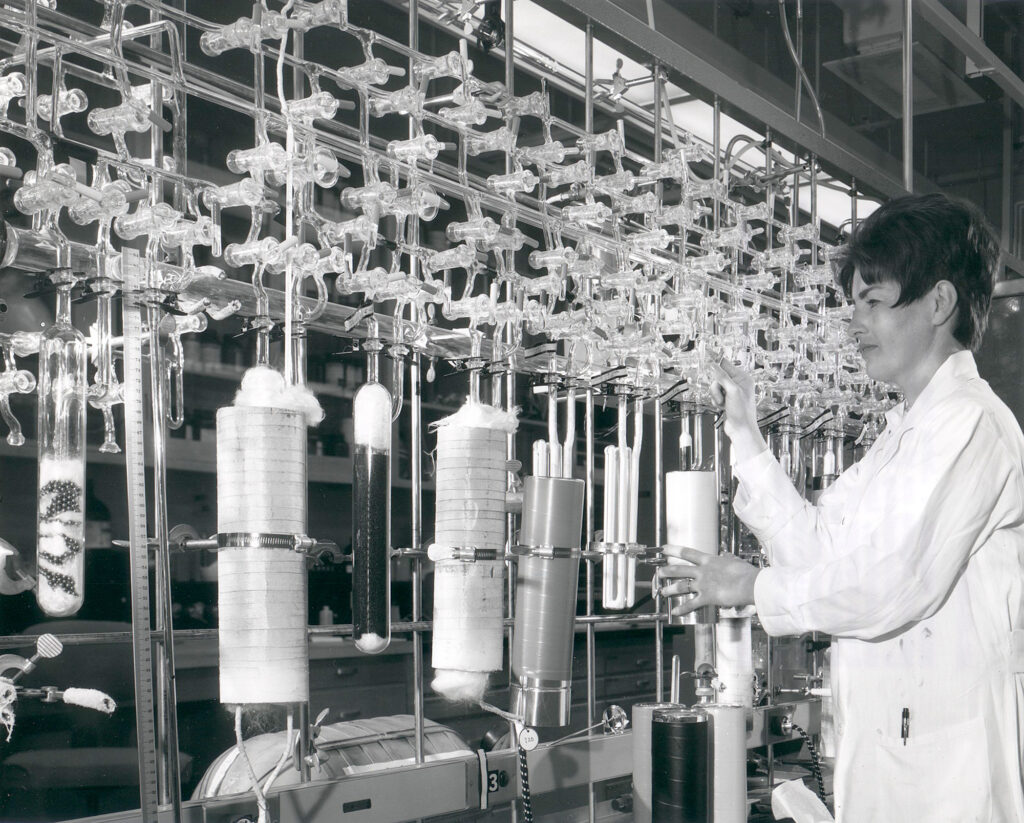
Support for Project Plowshare was at an all-time low heading into the 1970s. Activists and citizen groups had begun suing the AEC in federal courts to stop the tests, and although the AEC prevailed in that setting, the court of public opinion was another matter altogether. Even Time, which in 1961 had cheered Plowshare’s “hopeful dream,” dubbed the program “Project Dubious” in 1973. For the next four years no tests were conducted, until the program was officially canceled in 1977.
The End of Plowshare
Between December 1961 and May 1973, the United States detonated 35 nuclear devices as part of 27 separate Plowshare projects, burning through $700 million in the process. In the end, Plowshare did not achieve a single one of its aims. As the AEC stated in its final report on the program, “Plowshare was a program that started with great expectations and high hopes,” but faced an insurmountable problem: “the whole concept tends to appall people.”
Fears over fallout led many to believe that Plowshare’s goals were, at best, unwise. The fact that many of Plowshare’s tests resembled weapons tests in almost every way also made the distinction between peaceful and military nuclear explosions much less apparent.
Consequences of the project included blighted land, contaminated water, and the dispersal of radioactive fallout that will never be calculated. Plowshare scientists’ tendency to downplay or outright ignore those hazards established a deep sense of distrust among the public. At their worst, Plowshare’s projects were arrogant and reckless. These factors ultimately led to the project’s demise and, unexpectedly, helped spur the emerging environmental movement.
But old ideas die hard. Elon Musk, for one, has repeatedly floated the idea of detonating thermonuclear devices over the polar ice caps of Mars to terraform the Martian atmosphere into one more favorable to human habitation.
Other geoengineering proposals for nuclear devices have a much longer history. People have suggested using nuclear bombs to weaken and destroy hurricanes in the Atlantic Ocean for almost as long as nuclear weapons have existed. The idea is so prevalent that the National Oceanic and Atmospheric Administration maintains a FAQ on its website addressing the issue:
Despite such reasoning, President Donald Trump reportedly suggested the idea to senior national security officials in 2019, which led one Texas congresswoman to introduce legislation that would explicitly prohibit the president from using nuclear bombs to alter weather patterns or address climate change.
Plowshare tests made up only a small fraction of the 1,032 total confirmed nuclear tests conducted by the United States. And despite widespread public opposition, the American nuclear weapons program continued testing long after Plowshare was canceled. When President George H. W. Bush signed legislation pausing all U.S. nuclear testing in 1992, it prompted other countries to stop testing as well. It was the foundation for the Comprehensive Nuclear-Test-Ban Treaty (CTBT) signed by President Bill Clinton on September 24, 1996. To date, 186 other countries have followed suit. Although the CTBT is still unratified by several world powers, including the United States, signatories are obligated to abide by its provisions, which, in a triumph of reason, bans all nuclear testing, for any purpose, in every environment.

